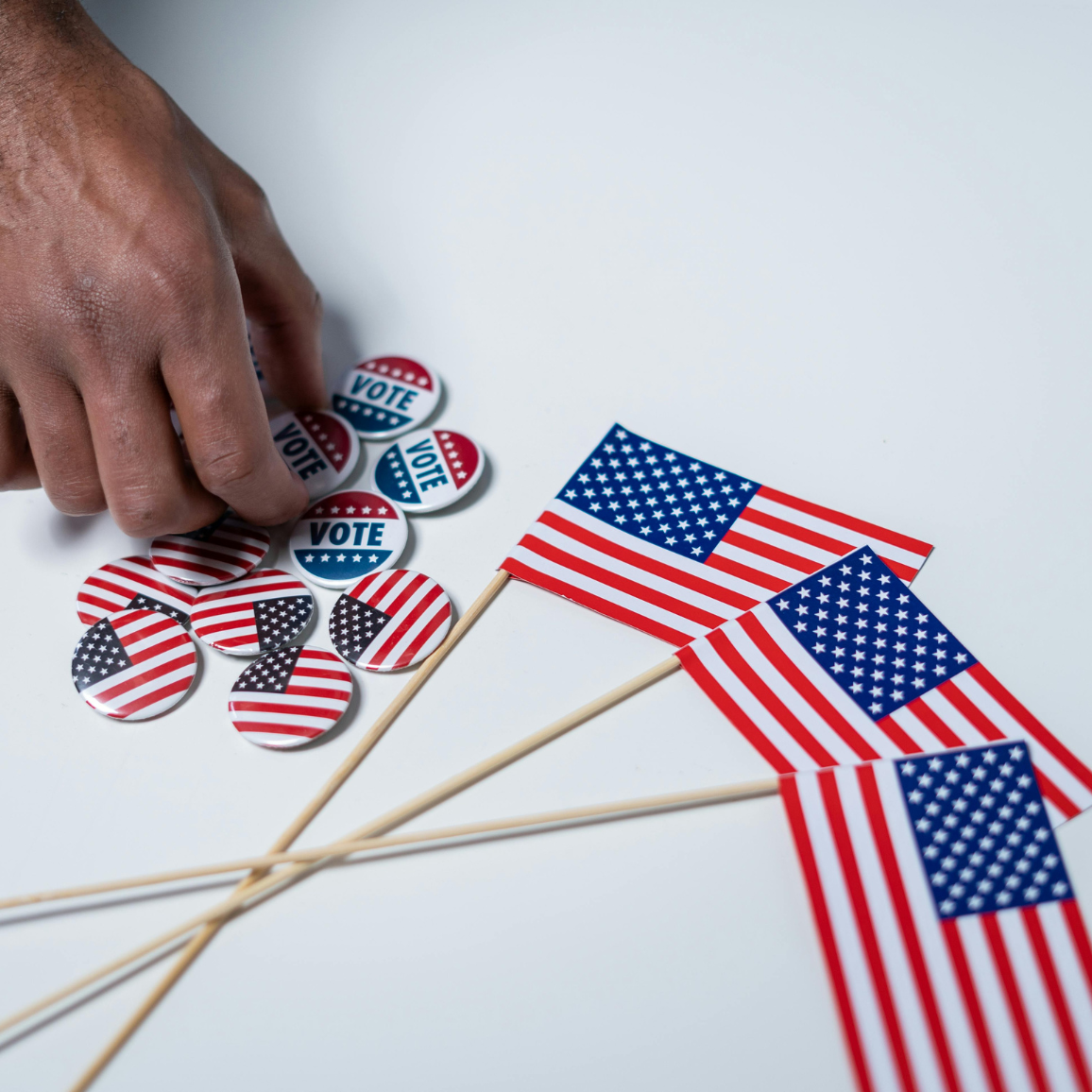Media buying is a puzzle: Where and when do you run your ads to make the most impact for your target audience, all while getting the best price? Getting that media mix just right can feel a lot like solving the New York Times’ crossword.
And in an election year, that crossword gets upgraded to the Sunday edition, as more competition can make finding effective and affordable placements much trickier. Political ad spending is expected to eclipse $10 billion (with a B) in 2024. How can non-political ads get a word in edgewise? Elasticity’s VP of Media Strategy, Miranda Ochsner, shares her experience on how to get the most out of your plan during such a busy time.
What is the normal media buying experience compared to what it’s like in an election year?
Miranda: In a more typical year, you’ll have a bit of wiggle room when it comes to media buying and planning. For traditional media such as TV or billboards, you still want to make your buys well in advance to get the best rates (generally 2-3 quarters ahead), but that wiggle room allows you to negotiate and stretch your dollars. Digital media is a different beast. Since there’s so much more inventory and flexibility in the space, it’s less about finding placements and more about how much you’re willing to pay for them.
In an election year, both of those avenues get squeezed. There’s only so many minutes of radio time available per day, y’know? So when you have a large influx of new ad buyers by way of politicians, that inventory can dry up very quickly for traditional media. By contrast, you’ll still easily be able to make digital buys, but the difference is going to be price.
How much of a price difference are we talking?
Miranda: It’s dependent on all sorts of factors of course, but for example, we had a banner ad we negotiated at a CPM of $7 (that’s $7 paid for every 1,000 impressions) in 2022, a midterm election year. During a big political push in October and early November, we saw the CPM go up to around $19. We expect similar increases this year, if not even more. But we can combat those higher prices by setting thresholds on the media side to stop purchasing ads once they get too expensive. That way, we can remain as cost effective as possible.
Do you make preparations ahead of time with clients regarding election years?
Miranda: I always set reminders about these types of conversations. It is our responsibility as our clients’ strategic partners to be educated on the marketplace and what can potentially affect their goals and campaigns. When talking with clients as we planned out Q1 in October/November, we made sure to flag the importance of it being an election year and the potential change in rates. Historically, we project something in the neighborhood of a 15-25% increase in rates for traditional placements during election years, but we’re starting to see those numbers trending close to 30-45% or higher this year. When you’re trying to run really targeted campaigns with smaller or limited budgets, paying that much more just doesn’t make a lot of sense. There are times we just cannot compete with the national dollars being spent at local levels, so we have to reevaluate our approach and spend wisely to align on the overall goals of our client and campaign.
At the same time, clients don’t care that it’s an election year. They still want their ads to run. They’re hiring us to make it work within budget, even when things get difficult and competitive. We can give them that heads up, but it doesn’t change the task at hand.
How about media buying for political ads themselves? What’s different about running a political ad versus a regular product or service?
Miranda: The biggest difference is that anything political must be prepaid and prescreened when it comes to traditional media. For example, when we worked on our Prop M campaign for St. Louis County, everything was prepaid. And we needed to submit our messaging to all our partners well beforehand. Each of our partners has a legal team that reviews that messaging, and sometimes they’ll make suggestions on what needs to change for them to be able to run the ad. So there’s a lot more to do, and it all must be done even earlier than for a non-political ad.
It sounds like everything just gets heightened in an election year.
Miranda: Definitely! It’s hyper competitive at both the local and national level for election years. Regardless of whether you’re buying on KTVI or NBC Nightly News, it’s going to be all more competitive. I always say “avoid Q3 and Q4 TV and radio” because that’s when it always picks up the most.
It’s going to be interesting to watch how political advertising shifts this year. We’re seeing through our research that streaming TV is becoming a bigger player as candidates realize youth voters are more important than ever, and streaming is a big place you can reach them. Another big piece we’re monitoring is how best to target those voters who are “undecided.” It’s a unique challenge for both candidates and marketers, as undecided voters are not one homogenous group. The reason someone is undecided can vary wildly from person to person, so it can be difficult to find their common interests or the places they frequent in the real world or online. So you’re either hyper targeting little pockets here and there for cheaper rates, or you just cast a wide (but extremely expensive) net and hope you catch as many undecided eyeballs as possible.
Do you ever think, “I should just take a sabbatical for 2024,” or do you live for this?
Miranda: It’s a love/hate relationship. Media planning and buying is a puzzle, one we work on every day. Election years just force us to be even more strategic in our messaging and our targeting, specifically understanding who our audience is and what is going to connect with them best. I love the strategy side of it, but as most media buyers can agree with, also dread getting the make-good requests for when an ad of ours gets bumped for a political ad – traditional media has rules specific to equal time and comparable rates for all legally qualified candidates, so even if you purchased your media beforehand, a politician can come in and purchase your inventory or spot, requiring the outlet to have to make up that purchase to you somehow. But that’s par for the course. It’s a challenge, yes, but it’s one I love being a part of.



